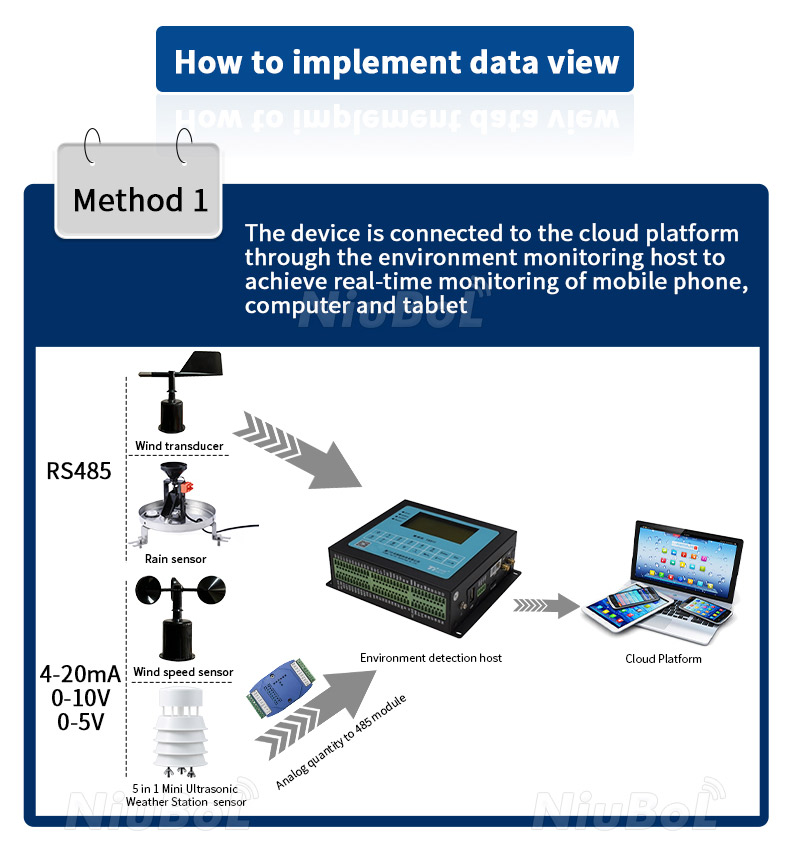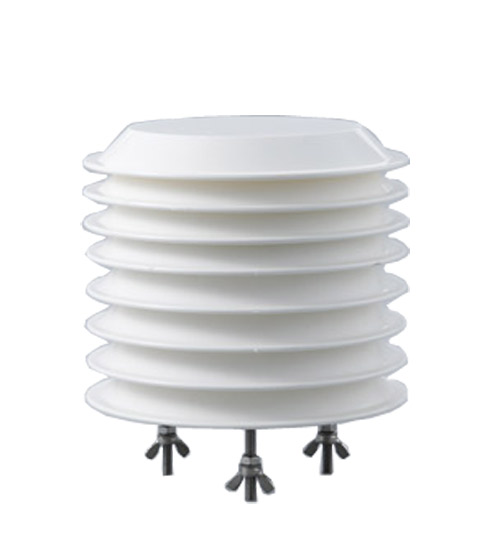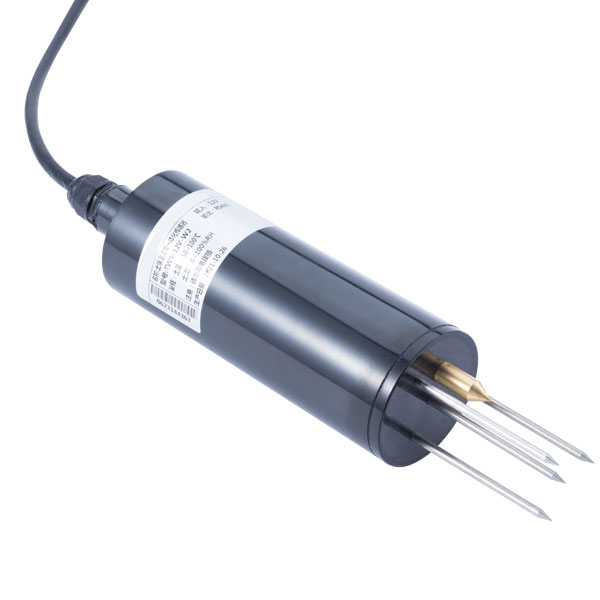

— Blogs —
—Products—
 Consumer hotline +8618073152920
Consumer hotline +8618073152920 WhatsApp:+8615367865107
Address:Room 102, District D, Houhu Industrial Park, Yuelu District, Changsha City, Hunan Province, China
Product knowledge
Time:2022-09-14 21:46:57 Popularity:1575
The wind direction sensor is a physical device that detects the rotation of the wind direction arrow, senses the wind direction information from the outside world, transmits it to the coaxial code disc, and outputs the relevant values of the wind direction at the same time.
Usually the main body of the wind direction sensor adopts the mechanical structure of the wind vane. When the wind blows to the tail of the tail of the wind vane, the arrow of the wind vane will point to the direction of the wind blowing. In order to maintain sensitivity to direction, different internal mechanisms are also used to identify the direction of the wind sensor.
Wind direction sensors generally fall into the following three categories:
1. Electromagnetic wind direction sensor: It is designed using electromagnetic principles. Due to the variety of principles, the structure is different. At present, some such sensors have begun to use gyroscope chips or electronic compass as basic components, and their measurement accuracy has been further improved. .
2. Photoelectric wind direction sensor: This wind direction sensor uses an absolute Gray code disc as the basic element, and uses a specially customized encoding code, which can accurately output the corresponding wind direction information based on the principle of photoelectric signal conversion.

3. Resistive wind direction sensor: This wind direction sensor adopts a structure similar to a sliding rheostat. The maximum and minimum values of the generated resistance are marked as 360° and 0° respectively. When the wind vane rotates, the sliding rod of the sliding rheostat It will rotate with the wind vane at the top, and the different voltage changes generated can calculate the angle or direction of the wind direction.

Product introduction of NiuBoL wind direction sensor:
The wind direction sensor (transmitter) uses a high-precision magnetic sensor chip inside, and selects a low-inertia light metal weather vane to respond to the wind direction, with good dynamic characteristics. The product has the advantages of large measuring range, good linearity, strong lightning resistance, convenient observation, stability and reliability, etc. It can be widely used in meteorology, ocean, environment, airport, port, laboratory, industry, agriculture and transportation and other fields.
Prev:Principle and product introduction of wind speed sensor
Next:Advantages, characteristics and functions of photovoltaic weather stations
Sensors & Weather Stations Catalog
Agriculture Sensors and Weather Stations Catalog-NiuBoL.pdf
Weather Stations Catalog-NiuBoL.pdf
Related recommendations
Related products
 Atmospheric Temperature Humidity Pr···
Atmospheric Temperature Humidity Pr··· Soil Temperature Moisture Sensor 4-···
Soil Temperature Moisture Sensor 4-··· Air temperature, humidity and atmos···
Air temperature, humidity and atmos···
Screenshot, WhatsApp to identify the QR code
WhatsApp number:+8615367865107
(Click on WhatsApp to copy and add friends)